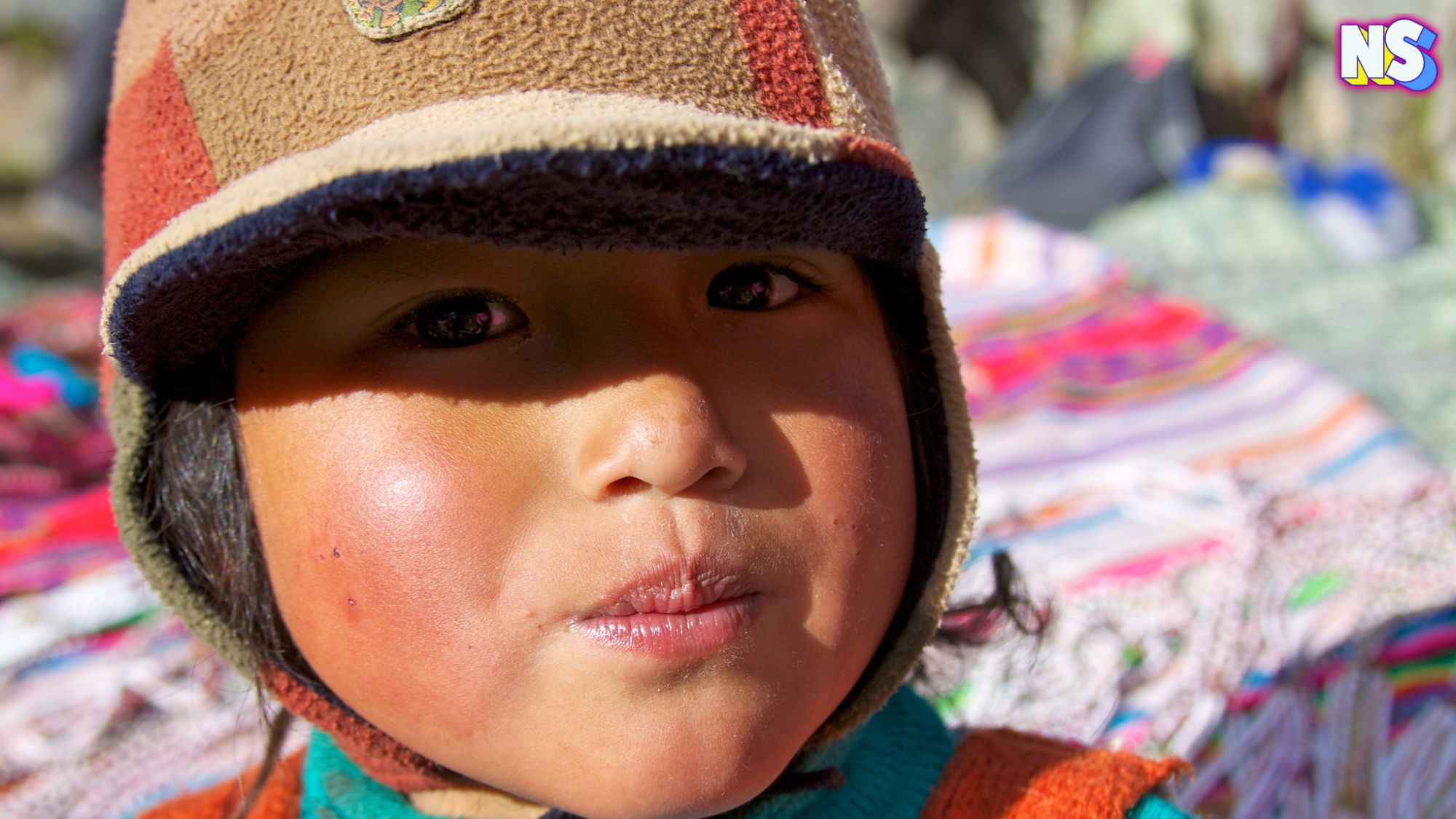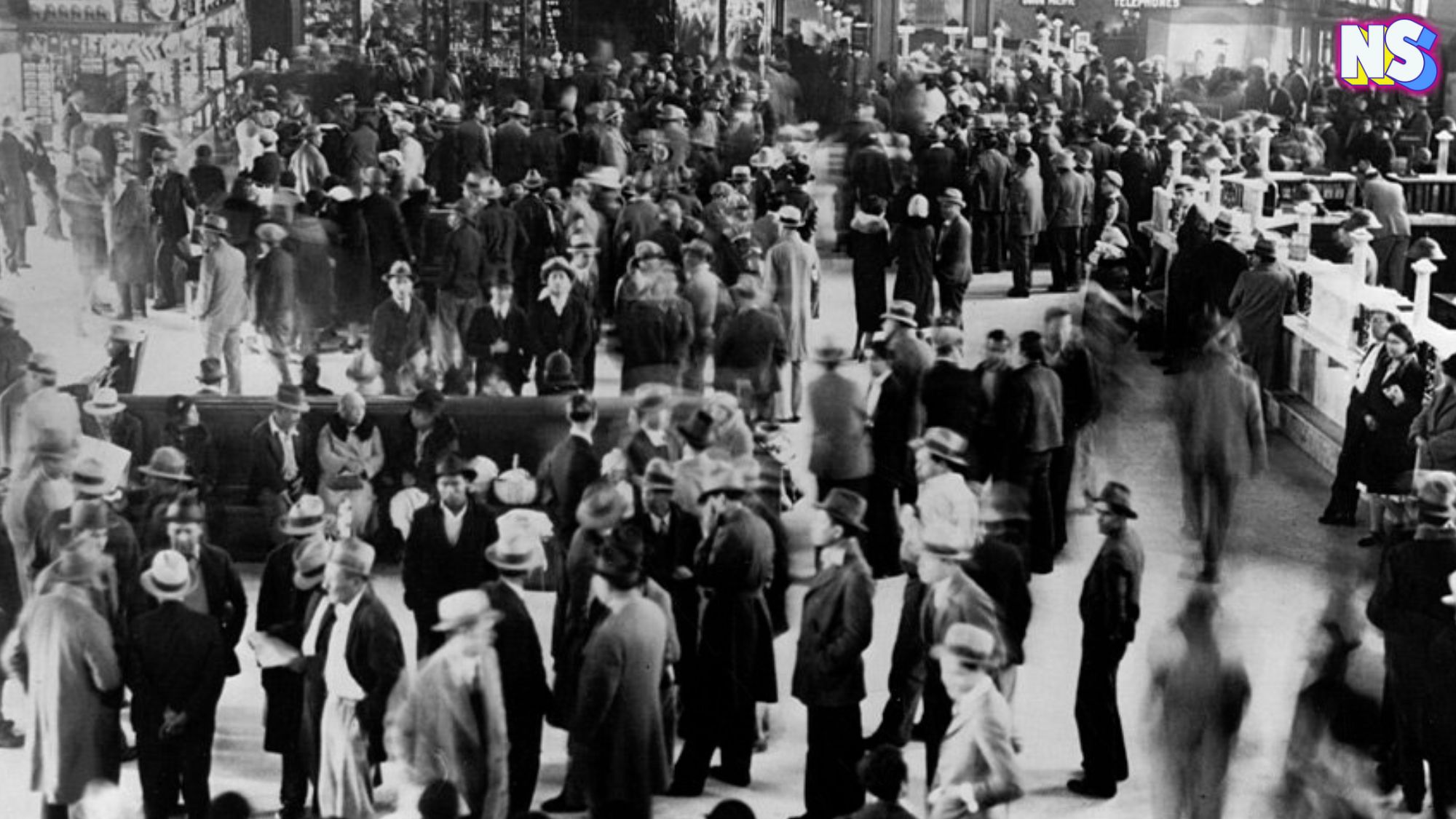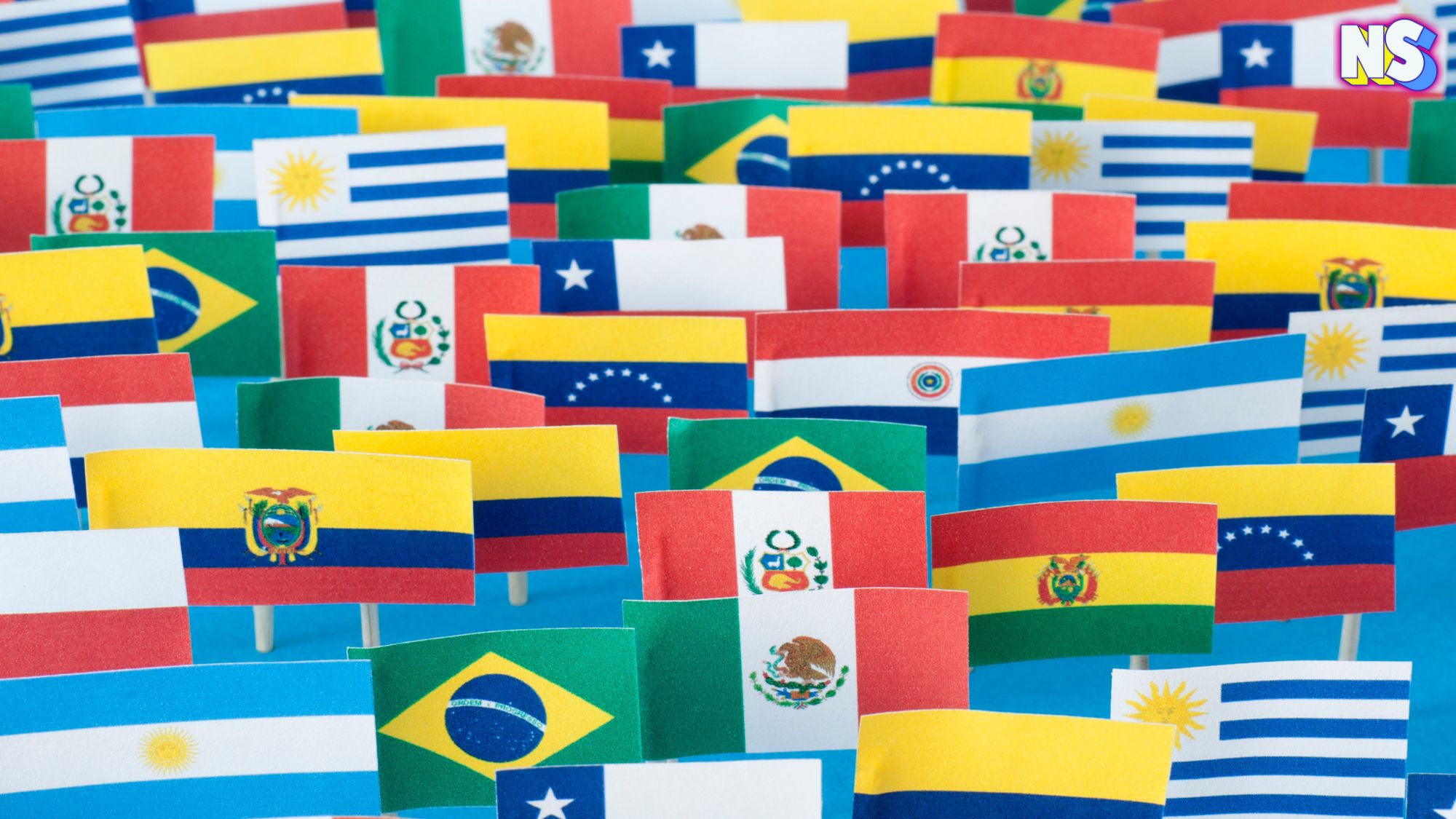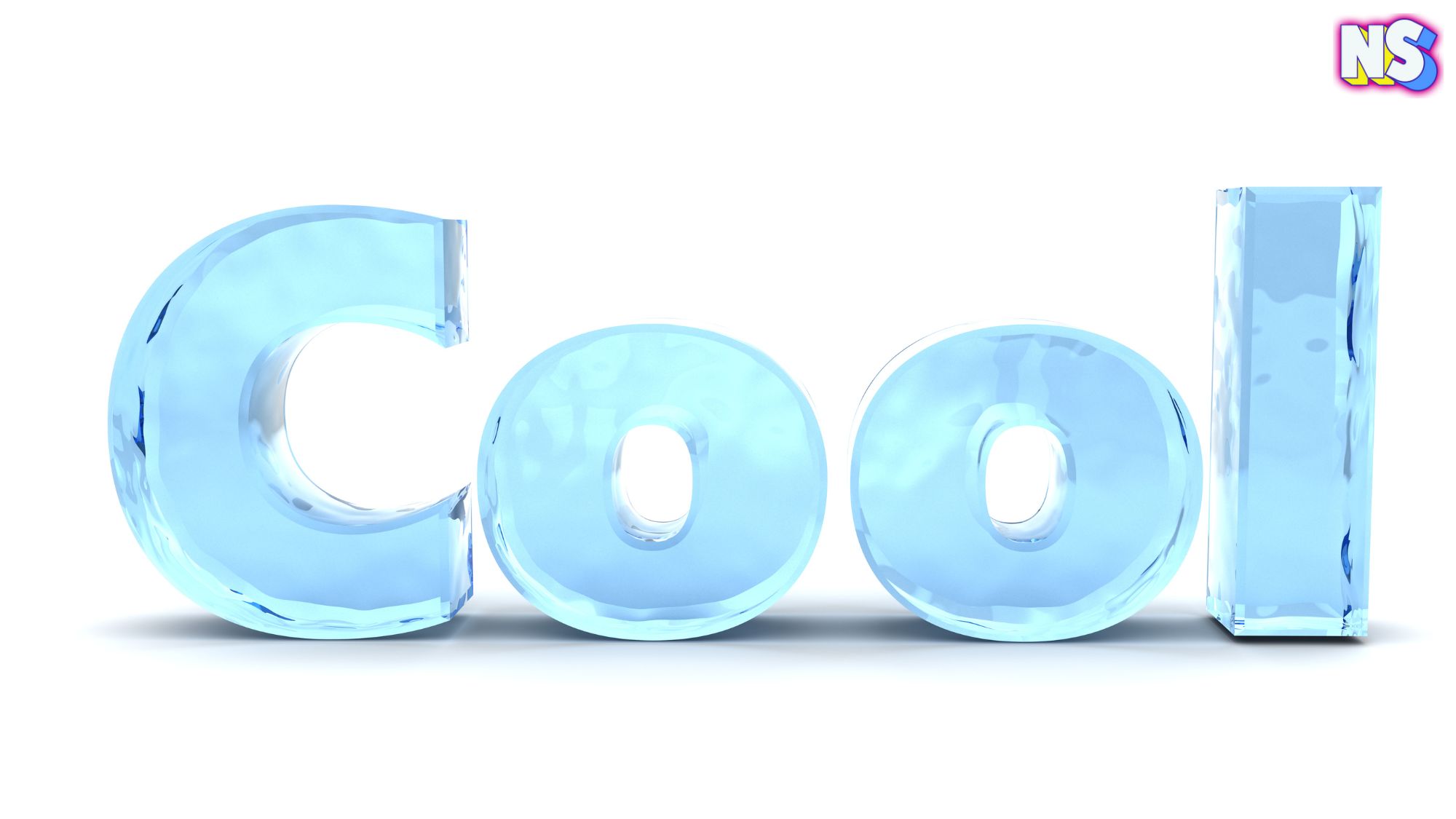When traveling through South America, you’d expect to hear Spanish spoken everywhere, except for Brazil, of course. All of us know that Brazil is a former Portuguese colony. And that its official language, Portuguese, is spoken by over 200 million Brazilians. But there’s another, much older, and perhaps more popular, language spoken in the land Amerigo Vespucci called the “New World.” It’s the indigenous language, Quechua, also known as Runasimi (or the “people’s language”), and some say it’s over 5,000 years old. Although it thrives in the heart of South America, many believe it may soon be forgotten. Here we find out how and why Quechua is one of the world’s most enduring and endangered languages.
Quechua: An Enduring and Endangered Language
Quechua is the third most spoken language in South America, with approximately 8 million speakers in countries like Bolivia, Ecuador, and Peru.
“If we include all varieties of Quechua, it is by far the most widely spoken native language in South America,” Langfocus says. “With between 8 and 10 millions speakers spread out across Peru, Bolivia and Ecuador, as well as northern Argentina and southern Colombia.”
Derived from a common ancestral “Proto-Quechua,” Quechua may be the most widely spoken pre-Columbian language family in the Americas, but it’s had to endure many historic challenges.
Origins and Debates
“The origin of Quechua is debated with some people saying that it originated in Cusco area and others saying that it originated in the central coastal area of Peru,” Langfocus explains.
As the Inca Empire expanded across South America, so did the Quechua language. It became the “lengua franca,” or general language, in the area. After the Spanish arrived, the once only spoken language was finally written, and the colonizers used it to convert the natives to Catholicism.
“The oldest written record of Quechua is a book written in 1560 by the missionary Domingo de Santo Tomás called "Grammar or Art of the ‘General Language of the Indians of the Royalty of Peru,’" Langfocus explains. “After the Tupac Amaru rebellion of 1780, the colonial power banned Quechua from public use.”
Yet, after the Spanish American wars in the early 1800s, Quecha was once again spoken. However, its use has declined due to the dominance of Spanish in official settings, such as in schools and the national news media.
Suppression and Resurgence
Today, Quechua faces a critical juncture. It's now one of eight on “UNESCO’s Atlas of the World’s Languages in Danger” list. And preservation efforts are being made worldwide.
In 2016, leaders in media elevated Quechua, which the industry has long deemed less prestigious than Spanish. In collaboration with the Peruvian government, a news show called Ñuqanchik, or “All of Us,” was launched. It’s the first newscast completely in Quechua.
"Quechua is the most widely spoken indigenous language in the Americas but, until now millions of Peruvians have never watched or listened to a national news broadcast in their mother tongue,” CGTN America reports.
The U.S. joined the effort to preserve the language as well. The University of Pennsylvania, for example, created the course “Elementary Quechua and Andean Culture I,” in the fall of 2022, focusing on “the development of written and oral communicative abilities in Quechua through an interactive activity-based approach.” The courses have been taught in English and Quechua.
Popular Quecha-origin Words
While Spanish reigns as the official language in most Latin American countries, Quechua holds official status in Bolivia and enjoys semi-official recognition in Ecuador. It’s also snuck into everyday language around the world. Here are a few Quechua-origin words used today:
Cura: Originally from the Quechua word “kuraka” or “kuraq,” meaning “head of a community” in the Inca Empire, it now refers to a Catholic priest in Spanish.
Choclo: Derived from “choccllo,” it means “an ear of corn” and is used in various South American countries, and is a menu item around the world.
Cancha: Widely used in Latin America, it refers to a soccer field or other sports courts. It comes from the Quechua word “kancha,” meaning “open place.”
Carpa: Popular in South America, it means “tent or large canopy” and originates from the Quechua word “karpa.”





